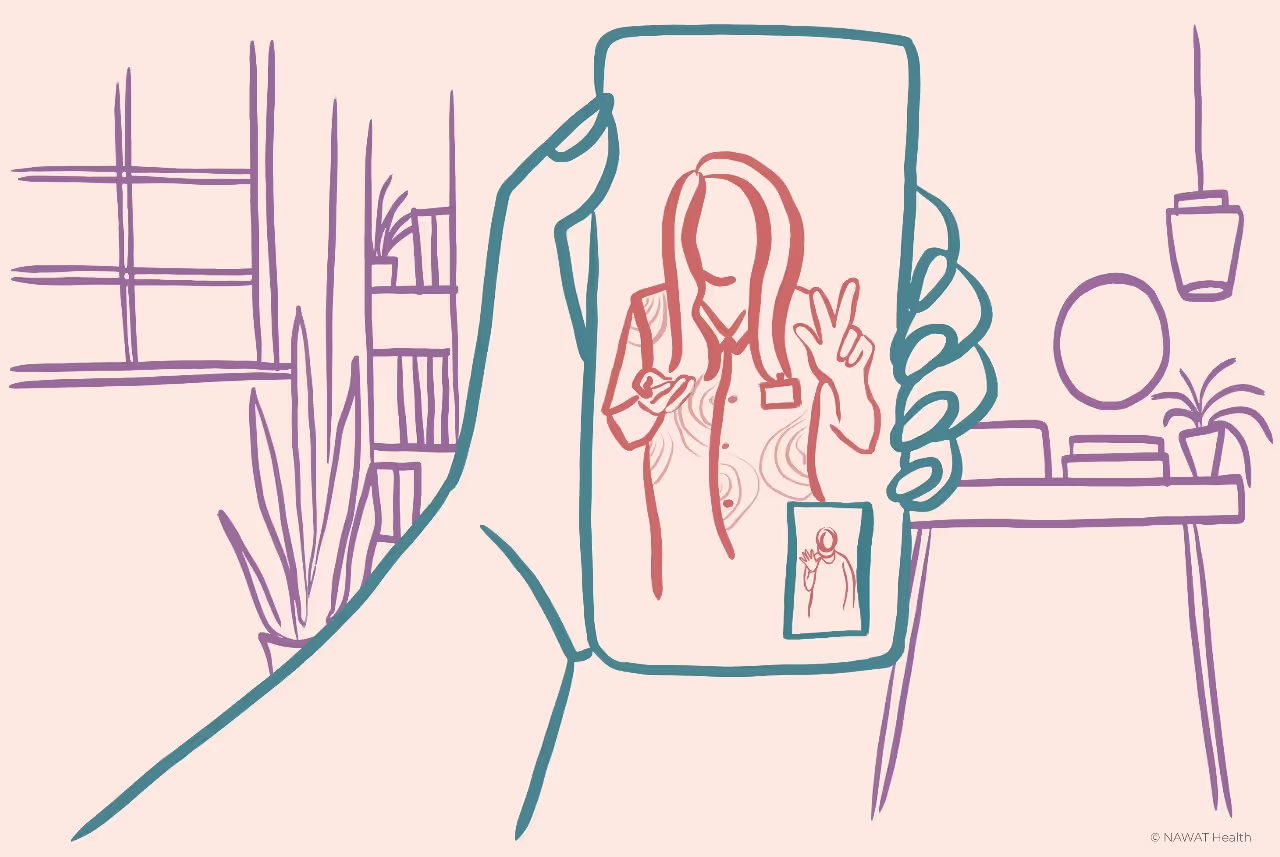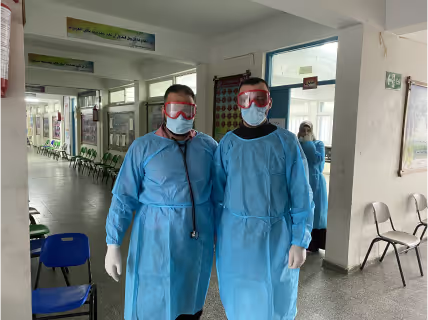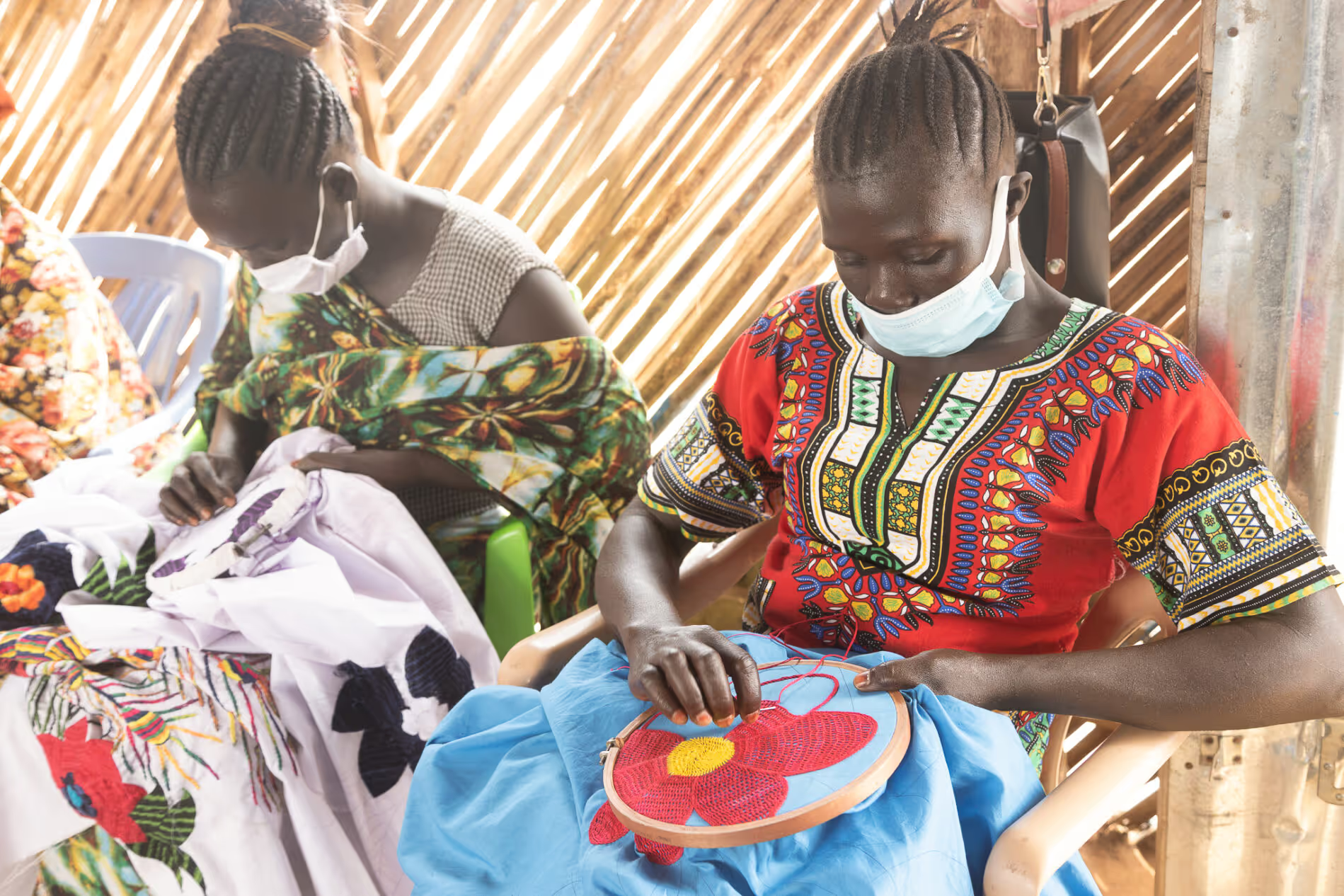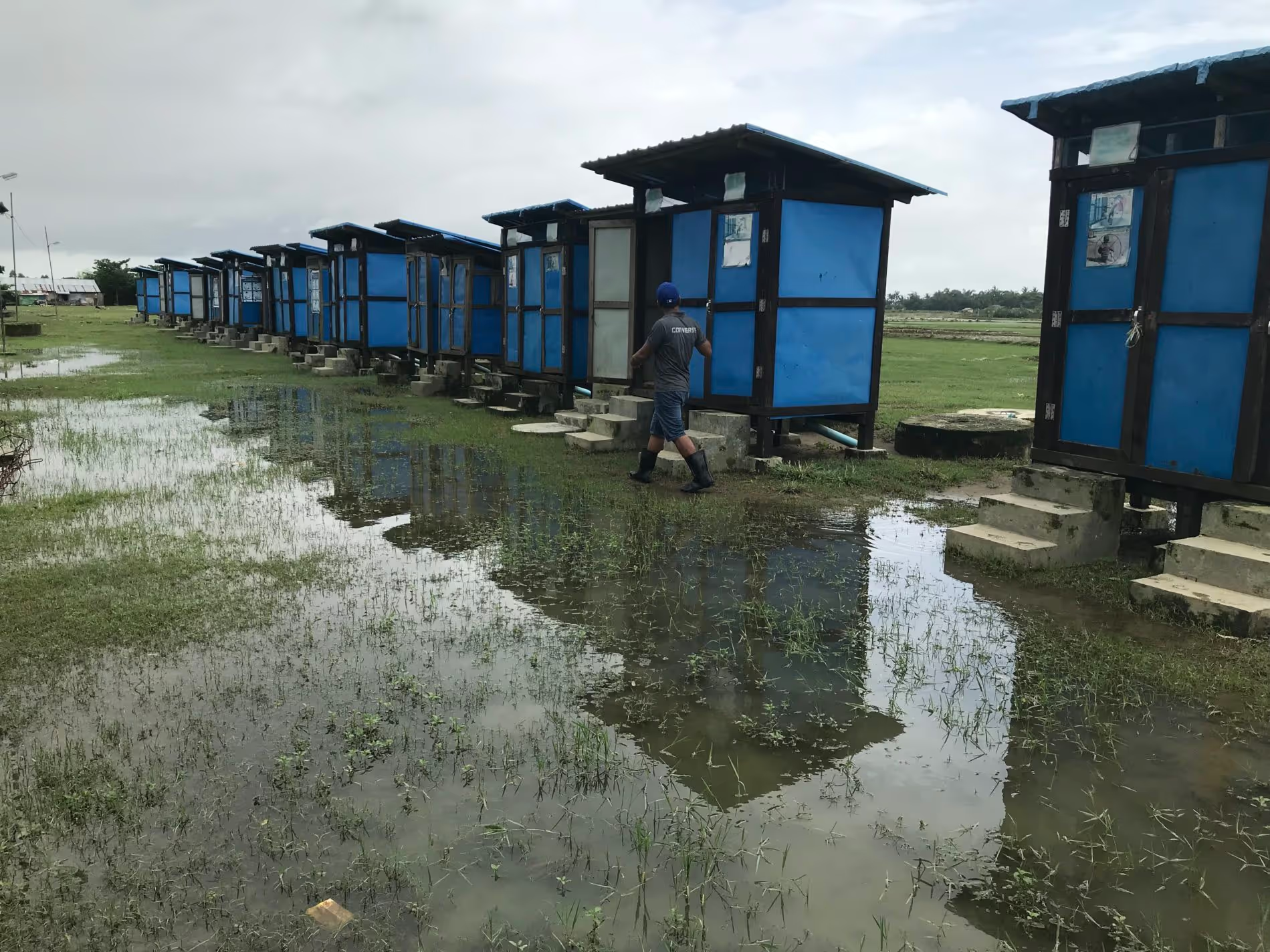Sustainable‚ worm-based‚ communal sanitation for refugee camps

Project overview
The Tiger Worm Toilet is the nearest technology available to a ‘perpetual toilet’- using worms to continuously treat human waste, transforming it into vermicompost with potential economic and environmental benefits.
Project solution
This project offers [specific solution or intervention] to tackle [challenge]. By implementing [strategies, tools, or innovations], the project aims to achieve [desired outcomes]. The approach is designed to [specific actions or methods] to bring about meaningful change in [community, region, or issue area].
Expected outcomes
This project aims to achieve [specific outcomes], such as [measurable results, improvements, or changes]. The expected impact includes [benefits to the target community, advancements in research or innovation, or long-term effects]. By the end of the project, we anticipate [specific changes or milestones] that will contribute to [broader goals or objectives].
WHAT IS THE HUMANITARIAN NEED?
The need for an economically and environmentally sustainable sanitation alternative to the commonly used pit latrine in humanitarian camps – particularly as camp longevity is increasing. There are currently over 12 million people living in humanitarian camps worldwide and 3.2 million are in African camps.
Providing sustainable sanitation for these populations in a timely and cost efficient way is a huge challenge, given unfavourable ground conditions. Presently, the suite of technologies employed is very limited. The most common technology is the pit latrine, which requires frequent emptying by tanker or manual labour with faecal sludge either transported off-site or buried.
WHAT IS THE INNOVATIVE SOLUTION?
The Tiger Worm Toilet (TWT) is the nearest technology available to a ‘perpetual toilet’- using worms to continuously treat human waste, transforming it into vermicompost with potential economic and environmental benefits.
Proven at household level in urban and rural settings, this initiative will adapt the technology to serve more users (10-20 people/toilet) in communal latrine blocks/shared family toilets within a humanitarian setting. It will also allow worms to be added later, if not immediately available during an emergency.
Benefits include increasing camp sustainability by reducing frequency of latrine emptying, respective treatment of faecal waste, and providing a concept that can be constructed above and/or below ground (depending on conditions). The system also lends well to user preference, and can be offset or direct drop with a flushing system (using anal cleansing water).
If successful, this innovation could provide a sustainable, safer and more affordable sanitation alternative to the current use of pit latrines.
WHAT WERE THE EXPECTED OUTCOMES?
For people visiting a Tiger Worm Toilet, this innovation would improve user experience as it was flushing, odourless and fly-free.
For agencies, governments and donors supporting humanitarian camp sanitation, it would increase environmental and economical sustainability and close the sanitation loop. This was because the TWT treated the waste on site, reducing frequency of emptying.
In the vermifilter, the by-product is generated at the top of the system meaning emptying became easier. For the household systems, it has been estimated that they would require emptying once every five years.
Additionally, the by-product is relatively dry, odourless humus that could be used as a soil conditioner or buried on-site.
This initiative would produce a Design and Operation Manual and an Implementation Manual for the TWT, providing a ‘pick up and go’ pack to be used and replicated by other WASH stakeholders – thus increasing the uptake, experience, and scale of TWT.
Read the Humanitarian WASH Innovation Catalogue
Learn more about this WASH project, and many others, in our Humanitarian WASH Innovation Catalogue.
[.cta_link]Read now[.cta_link]
Project delivery & updates
Stay up to date with the latest developments from this project. Here, you will find details on what has been delivered, resources created, and regular updates as the project progresses. Access key documents, reports, and other materials to see how the project is making an impact.
















